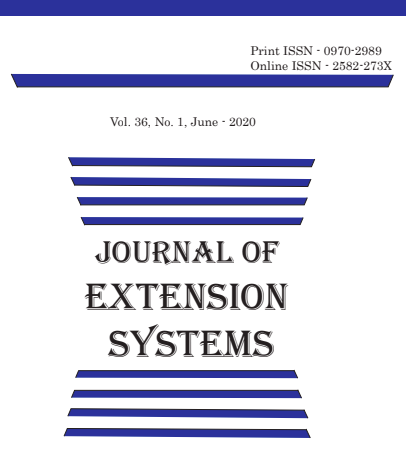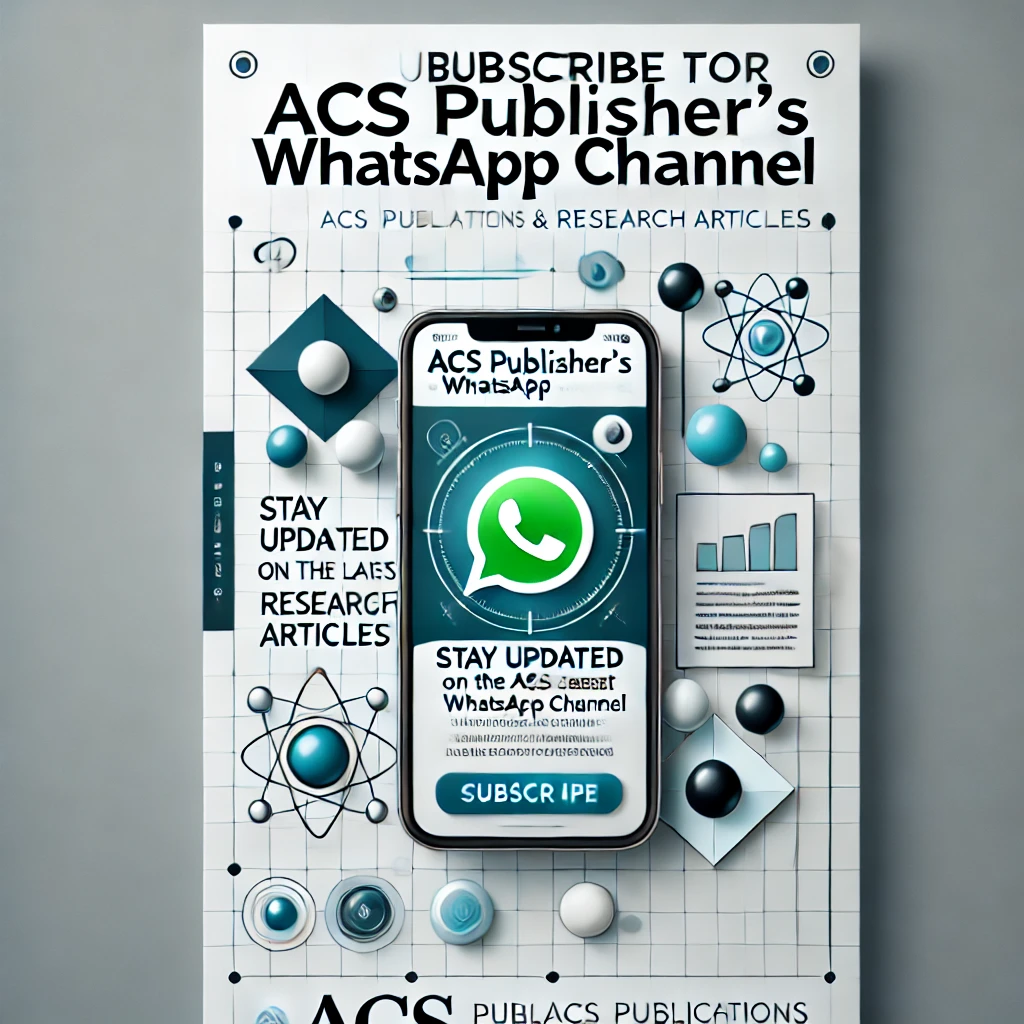Exploring the Relationship Between Workplace Stress and Work-Life Bal ance in IT: A Quantitative Analysis of Stress Triggers and Mitigation Strate gies in Hinjewadi, Pune
DOI:
https://doi.org/10.48165/jes.2023.39.1.3Keywords:
Workplace Stress, Information Technology (IT), Stress Triggers, Work-Life Balance, Stress Management Techniques, Wellness Programs, Job Insecurity, Stress Reduction, Mental Health in ITAbstract
sector, particularly in Hinjewadi, Pune, a hub for prominent IT companies. This study investigates the causes, impacts, and management of stress among IT professionals, addressing a gap in existing literature. Key stress triggers identified include workload, job insecurity, and inadequate work-life balance, compounded by long commutes and competitive work environments.This research paper investigates the prevalent stress triggers among IT employees in Hinjewadi, Pune, and explores effective stress management techniques. A sample of 250 employees across nine IT industries was analysed using statistical tools, including correlation, regression, t-test, and F-test. The findings provide critical insights into stress patterns and suggest practical management strategies to mitigate stress in the IT workplace.The research employs a structured methodology, including demographic analysis and evaluation of stress management techniques, to provide actionable recommendations. Findings highlight the effectiveness of strategies such as flexible work policies, wellness programs, and counselling services in mitigating workplace stress. This study offers a comprehensive framework for organizations to enhance employee well-being and productivity, promoting a healthier and more resilient workforce in the dynamic IT sector.The findings of this study underscore the necessity for organizations to adopt a multi-faceted approach to stress management. Strategies such as implementing flexible work policies, promoting wellness programs like yoga and meditation, and offering counselling services emerged as highly effective interventions. These measures not only alleviate stress but also foster a culture of resilience and productivity. By equipping employees with time management skills and fostering transparent communication, companies can address both individual and systemic stressors.
Downloads
References
Lazarus, R. S., & Folkman, S. (1984). Stress, Appraisal, and Coping.
Selye, H. (1976). The Stress of Life.
Quick, J. C., & Henderson, D. F. (2016). Occupational stress: Preventing suffering.
Anand, S., & Mehta, M. (2020). Impact of work-life balance on employee productivity in the IT sector. Journal of Human Resource Management, 34(2), 45–60.
Baral, R., & Bhargava, S. (2019). Workplace stress and employee well-being in the IT industry. International Journal of Organizational Behavior, 7(3), 25–39.
Bhardwaj, P., & Tiwari, V. (2022). Stress management in IT companies: A study of employees in Hinjewadi. Journal of Stress and Health, 19(1), 51–68.
Chandra, A., & Yadav, S. (2021). Effectiveness of flexible work hours in reducing workplace stress. Indian Journal of Business Research, 8(1), 18–32.
Chopra, R. (2020). Work-life balance as a mitigation strategy for workplace stress in IT firms. Global Journal of Human Resource Management, 5(2), 82–96.
Ghosh, D. (2021). The role of yoga in stress management for IT professionals. Journal of Corporate Wellness, 14(3), 75–90.
Gupta, R., & Singh, A. (2022). The impact of job insecurity on employee stress: Evidence from the IT industry. International Journal of Stress Management, 9(2), 102–117.
Jain, R. (2020). Exploring the relationship between job insecurity and work stress in India’s IT sector. Journal of Organizational Psychology, 12(1), 44–58.
Joshi, S., & Pandit, M. (2018). Stress reduction in IT companies: A focus on team building and interpersonal communication. Journal of Business and Communication, 11(2), 103–118.
Kumar, V., & Sharma, R. (2021). A comprehensive study of stress management strategies in IT organizations. Asian Journal of Management Research, 7(4), 28–41.
Mehra, S. (2021). The impact of work-life imbalance on employee performance: Insights from IT professionals in Pune. Journal of Applied Management Studies, 18(3), 65–77.
Patel, S., & Joshi, N. (2019). The psychological effects of stress in IT workplaces: A study of gender differences. Indian Journal of Organizational Behavior, 5(4), 92–108.
Sharma, P. (2020). Effectiveness of employee assistance programs in stress reduction: Evidence from the IT sector in Pune. Journal of Occupational Health Psychology, 15(2), 134–150.
Thakur, M., & Sinha, P. (2022). Exploring demographic factors and their impact on workplace stress: A case study of the IT sector in India. Journal of Workplace Health Management, 6(1), 58–72.
Verma, N., & Yadav, P. (2019). The role of work-life balance in stress mitigation: A study of IT employees in Pune. Indian Journal of Human Resource Development, 13(2), 31–48.
Published
Issue
Section
License
Copyright (c) 2025 Journal of Extension Systems

This work is licensed under a Creative Commons Attribution-NonCommercial-NoDerivatives 4.0 International License.

